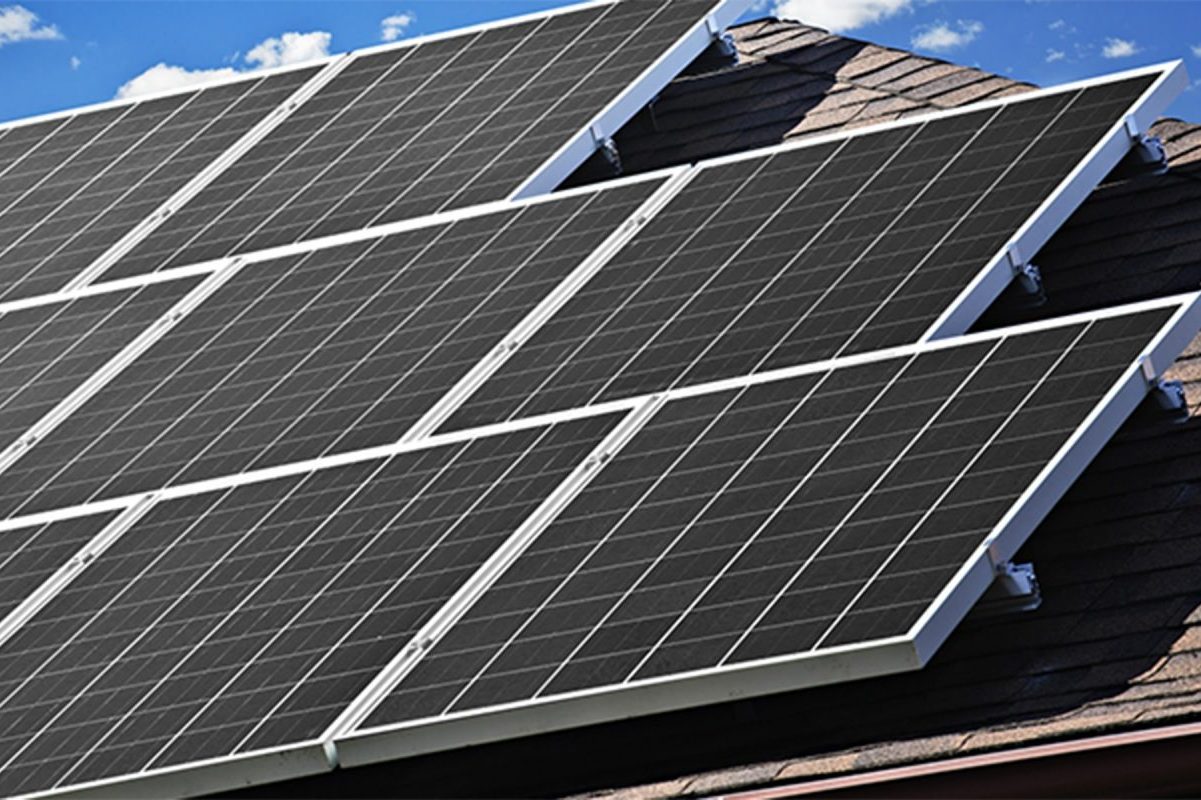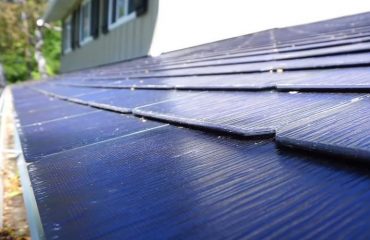Maximize your solar panel efficiency by understanding the critical role of maximum power point voltage. This key parameter determines the optimal operating voltage for your solar panels, allowing them to generate the highest possible power output under given environmental conditions. By designing your solar system to operate at the maximum voltage of a solar panel, you can significantly boost its performance and reduce your energy costs. Leveraging maximum power point voltage is essential for homeowners looking to get the most out of their solar investment and minimize their environmental footprint.
How Solar Panels Generate Electricity
Photovoltaic Effect
The photovoltaic effect is the fundamental principle behind solar cells, enabling them to convert sunlight into electricity. When photons from the sun strike a solar cell, they can excite electrons within the cell’s semiconductor material, causing them to break free from their atoms. These freed electrons flow through the material, generating an electric current. The photovoltaic effect occurs due to the unique properties of the semiconductor materials used in solar cells, such as silicon. These materials have a specific band gap that allows electrons to absorb energy from photons and become mobile charge carriers. The solar cell’s design, with its positive and negative layers, creates an electric field that guides the flow of electrons, producing a usable electric current. By harnessing the photovoltaic effect, solar cells can directly convert the sun’s energy into clean, renewable electricity for homes and businesses.

Current-Voltage (I-V) Curve
The Current-Voltage (I-V) curve is a graphical representation of the relationship between the current and voltage produced by a solar panel under various load conditions. It helps visualize how a solar panel’s performance changes as the electrical load on the panel varies. The I-V curve provides crucial information about the panel’s maximum power point (MPP), which is the point on the curve where the panel generates the highest power output. The voltage a solar panel produces at the MPP is known as the maximum power point voltage (MPPV). Understanding the I-V curve and MPPV is essential for optimizing solar panel performance and ensuring that the system operates at its peak efficiency, ultimately maximizing energy production and cost savings for homeowners.

What is Maximum Power Point Voltage?
Maximum Power Point (MPP)
The maximum power point (MPP) is the optimal operating point for a solar panel, where it produces the highest power output under specific conditions. This point occurs when the product of the panel’s voltage and current reaches its maximum value. The voltage at which the MPP occurs is called the maximum power point voltage (Vmpp).
Solar panels have a unique current-voltage (I-V) curve that illustrates how the panel’s output current varies with the output voltage. As the voltage increases, the current decreases, and the power output rises to a peak before declining. The MPP is the point on this curve where the power output is at its highest.
Achieving and maintaining operation at the MPP is crucial for maximizing the efficiency and energy production of a solar panel system. By continuously adjusting the load to match the MPP, a solar inverter with maximum power point tracking (MPPT) technology can ensure that the solar panels consistently deliver their maximum power output, even under changing environmental conditions like temperature and irradiance.
Factors Affecting Maximum Power Point Voltage
Several factors can influence the maximum power point voltage of a solar panel. Temperature plays a significant role, with higher temperatures generally leading to a decrease in voltage. Conversely, lower temperatures can cause a slight increase in voltage. The amount of sunlight hitting the panel, known as irradiance, also affects the maximum power point voltage. Higher irradiance levels typically result in higher voltage, while lower irradiance reduces the voltage. Lastly, the specific specifications of the solar panel, such as its materials, design, and quality, can impact the maximum power point voltage, with higher-quality panels often maintaining more consistent voltage levels across various conditions.

The Role of Maximum Power Point Tracking (MPPT)
How MPPT Works
Maximum Power Point Tracking (MPPT) is a technology used in solar charge controllers to optimize the power output of solar panels. It works by continuously monitoring the voltage and current from the solar array and adjusting the load to maintain the maximum power point. This process ensures that the solar panels are always operating at their peak efficiency, regardless of changes in temperature, shading, or other environmental factors.
MPPT controllers use algorithms to find the optimal voltage and current combination that yields the highest power output. They essentially act as a smart intermediary between the solar panels and the battery or inverter, constantly fine-tuning the system to extract the maximum available power. By maintaining the solar panels at their maximum power point voltage, MPPT controllers can boost the overall efficiency of the solar system by up to 30% compared to traditional PWM (Pulse Width Modulation) controllers.
This innovative technology enables homeowners to get the most out of their solar investment, even in less-than-ideal conditions. Whether it’s a cloudy day or partial shading from nearby trees, MPPT controllers ensure that your solar panels are always working at their best, helping you maximize your energy savings and reduce your reliance on the grid.
Benefits of MPPT
Using maximum power point tracking (MPPT) technology offers several significant benefits for solar energy systems. By continuously optimizing the voltage and current from the solar panels, MPPT controllers can extract up to 30% more energy compared to traditional PWM controllers. This increased energy production translates to higher overall system efficiency, allowing homeowners to maximize their solar investment and reduce their reliance on grid electricity.
MPPT controllers also enable solar panels to operate at their optimal power output across a wide range of environmental conditions. Whether it’s a cloudy day, early morning, or late afternoon, MPPT ensures that the solar panels are always working at their maximum efficiency. This adaptability results in more consistent energy production throughout the day and across different seasons.
Moreover, MPPT technology helps to extend the lifespan of solar panels and batteries by preventing overcharging and minimizing power losses. By regulating the charging process and maintaining optimal voltage levels, MPPT controllers protect the system components from damage caused by excessive voltage or current fluctuations. This protection leads to longer-lasting solar panels and batteries, further enhancing the long-term value and reliability of the solar energy system for homeowners.
Optimizing Your Solar System’s Performance
Choosing the Right Components
When selecting components for your solar system, it’s crucial to choose high-quality solar panels and inverters with built-in Maximum Power Point Tracking (MPPT) technology. Investing in premium solar panels ensures optimal power output and long-term durability, maximizing your energy production and savings. MPPT-enabled inverters continuously monitor and adjust the system’s operating voltage to match the maximum power point voltage, extracting the maximum available power from your solar panels. By opting for inverters with advanced MPPT algorithms, you can significantly improve the efficiency of your solar system, even under varying weather conditions or partial shading. Remember, the quality of your components directly impacts the performance and reliability of your solar installation, so it’s essential to select products from reputable manufacturers known for their commitment to excellence in the renewable energy industry.
Regular Maintenance and Monitoring
To ensure your solar panels continue operating at peak efficiency, it’s essential to monitor your system’s performance and conduct regular maintenance. Keep an eye on your inverter’s display for any drops in power output or error messages, and schedule professional inspections every few years. Cleaning your panels periodically can also help maintain optimal efficiency by removing dirt, dust, and debris that may obstruct sunlight. For further guidance on maintaining your system, you can explore how to clean your solar panels in 6 steps. By staying proactive with monitoring and maintenance, you can maximize your solar system’s power output, reduce your energy bills, and contribute to a more sustainable future.
Conclusion
In conclusion, understanding and optimizing maximum power point voltage is crucial for homeowners looking to maximize the efficiency and output of their residential solar systems. By grasping the concept of MPPT and implementing the strategies discussed in this article, you can ensure that your solar panels are operating at their peak performance, generating more clean energy, and ultimately helping you save money on your electricity bills while also doing your part to benefit the planet. As solar technology continues to advance, staying informed about key concepts like maximum power point voltage will empower you to make the most of your investment in renewable energy and contribute to a more sustainable future.









